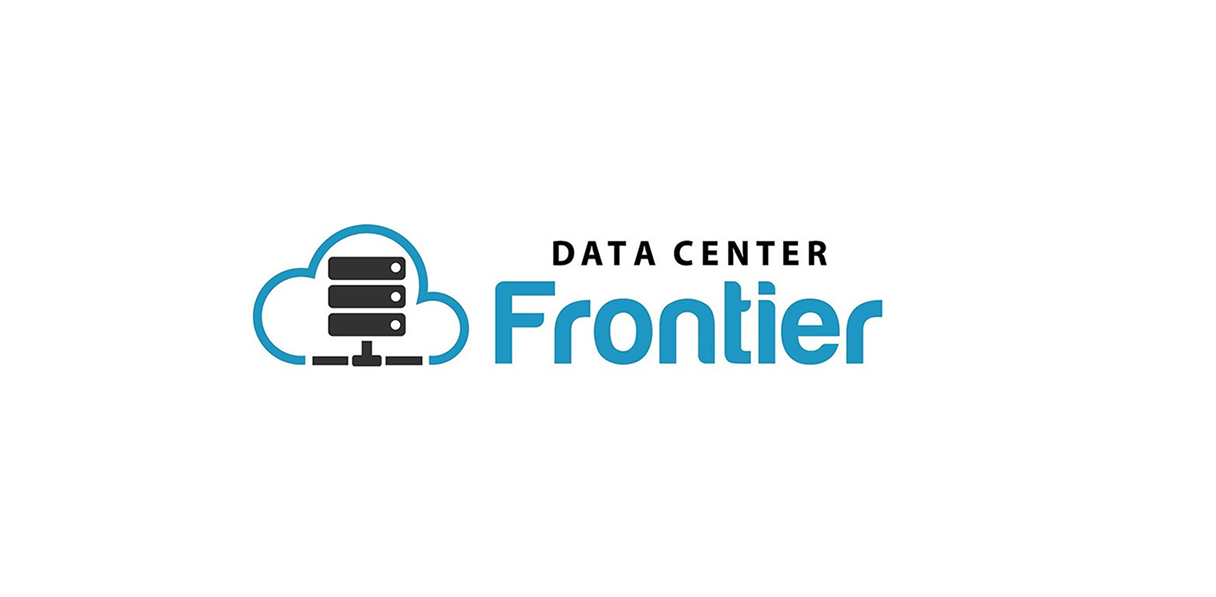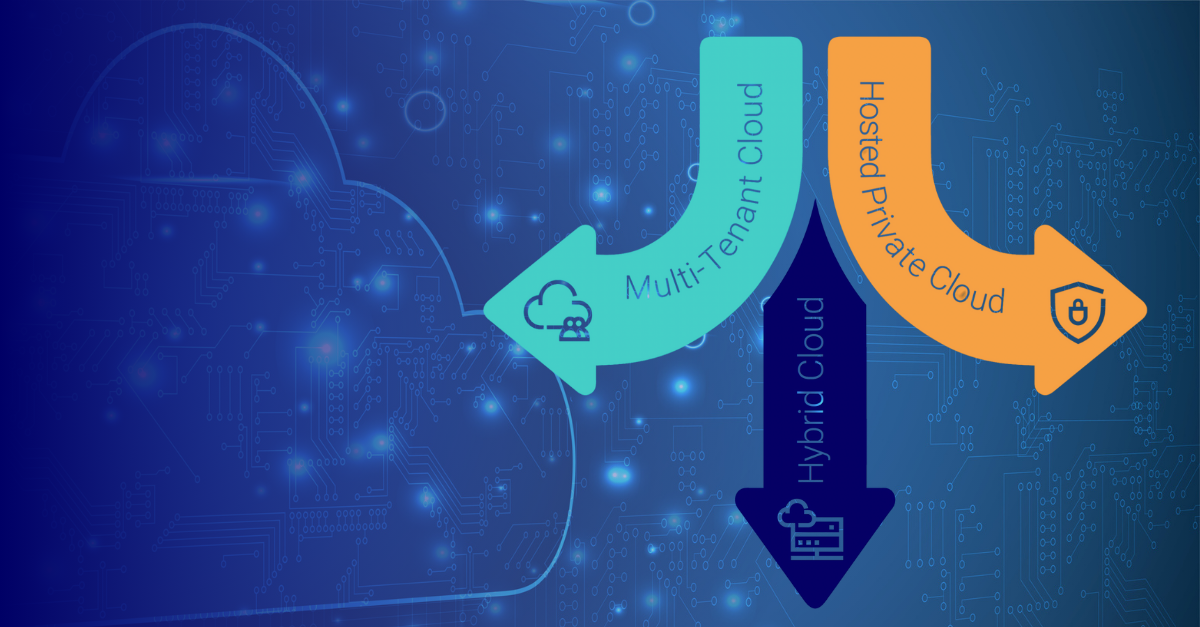Cloud competency: What is cloud disaster recovery
Your business and the critical systems that support it are vital to your internal and external users. In an age where users access business systems from around the globe at any time, can your business recover from a disaster that brings down your production site?

When a disaster strikes, businesses need to have a disaster recovery plan in place to successfully failover business-critical systems and data. However, many small and medium-sized businesses find it difficult to design, onboard, and maintain a physical disaster recovery environment due to resource constraints. This is where a cloud-based disaster recovery solution comes in.
What is cloud disaster recovery?
Cloud disaster recovery or cloud DR is a strategy that provides a secondary virtualized site for an individual, business-critical system to “flip” to in the event of a disaster. By providing the minimum infrastructure required to temporarily host your business-critical systems, cloud DR assists in minimizing business downtime in the event of a natural or man-made disaster.
Benefits of cloud disaster recovery
Disaster recovery in the cloud can provide many benefits to SMB businesses, including:
Financial
DR in the cloud can prove to be a cost-effective solution primarily due to the decrease in IT infrastructure and resources they enable and the significant cost reductions that result
Security
Cloud-based DR can provide enterprise-grade security that is often superior to what an internal IT department can implement, as many hosting providers require multi-factor authentication to limit and record data center access and activity
Access
Solving bandwidth issues can be addressed through various strategies, including geographic location, dedicated connections, cloud caches, and traffic optimization
Restoration
A disaster recovery plan should be unique to business and user needs. Recovery time objectives (RTOs)—how quickly a business can return to business after a disruption—recovery point objectives (RPOs)—how often the business synchronizes its date--will drive the overall strategy of the DR approach
How to develop a cloud disaster recovery strategy
Because every business and environment is different, including the markets they serve and the industry-specific applications required to conduct business, there is no silver bullet to a cloud DR strategy. A solid cloud DR plan should be tailored to the business model and requirements of the organization.
Creating a cloud DR strategy should begin with an audit process to understand the organization's unique services, data types, and industry applications, the priority of each relating to downtime, and the mission-critical status for continued operation of the business.
The evolution of the cloud has provided for the growth of DR options, enabling significant cost savings and multiple DR methods for SMBs. With a dedicated disaster recovery plan, testing, and organizational preparation, disaster recovery in the cloud can save time, money, and your business.
Learn more about how to get performance and reliability while managing costs and reducing risk with Flexential.






